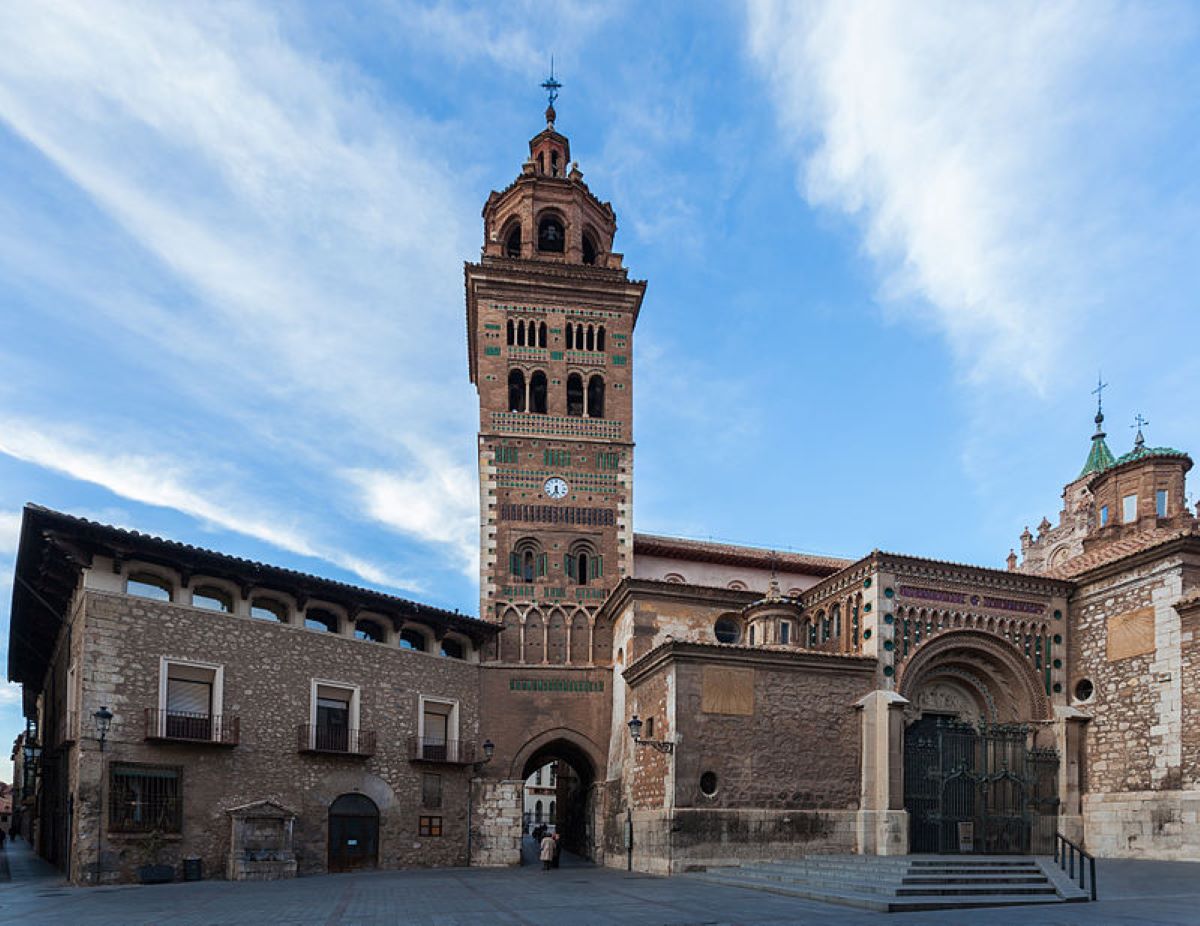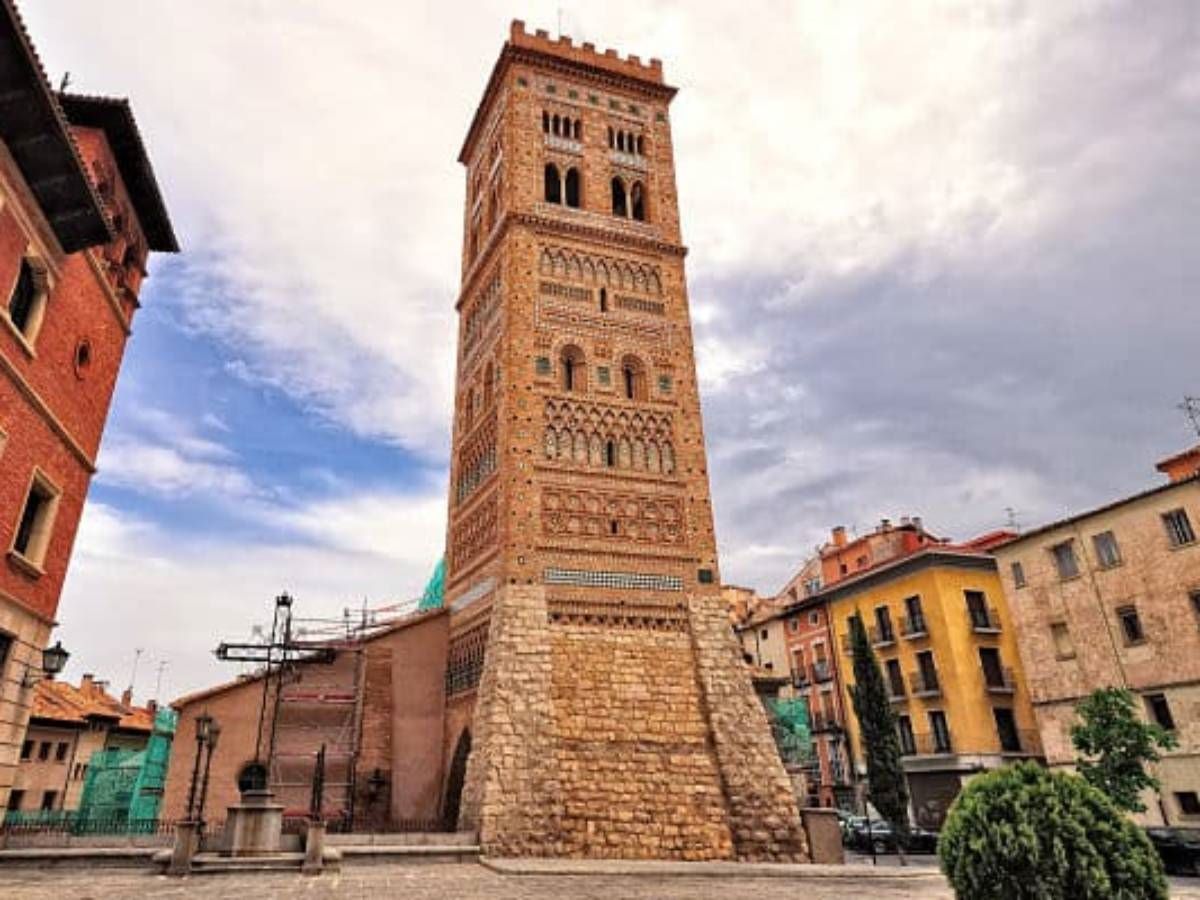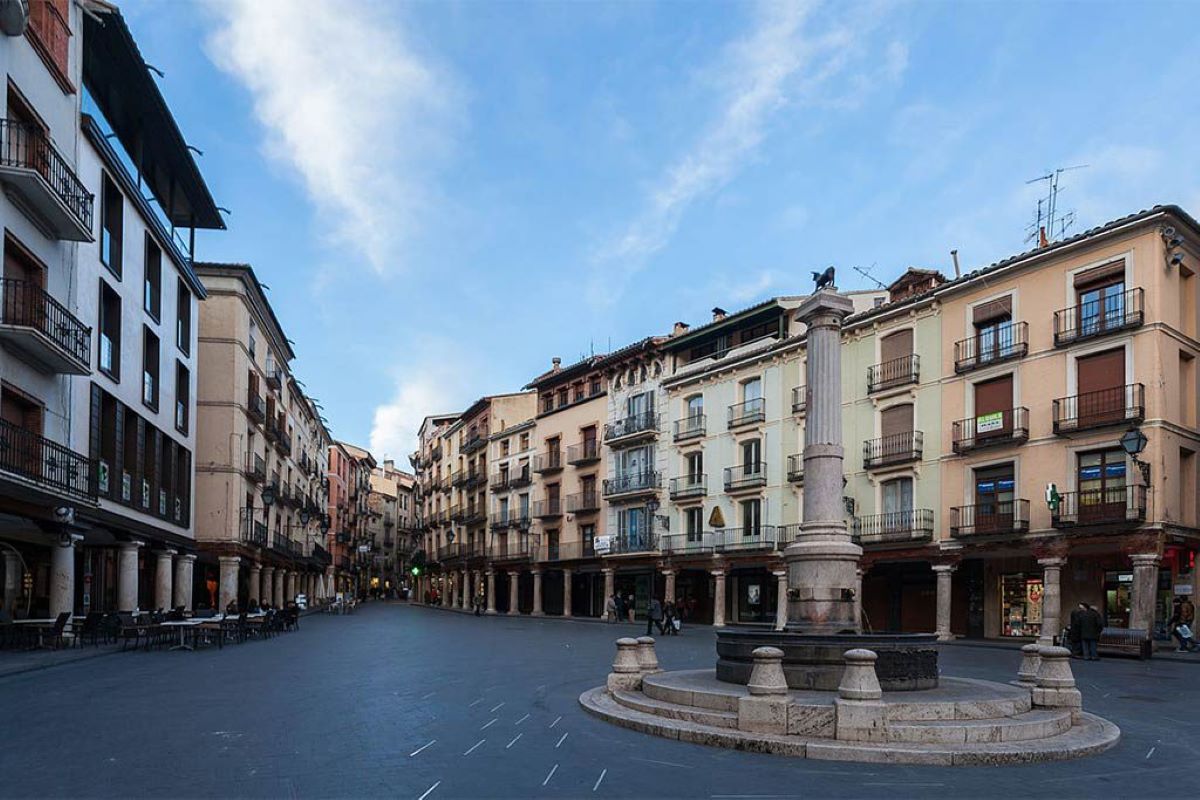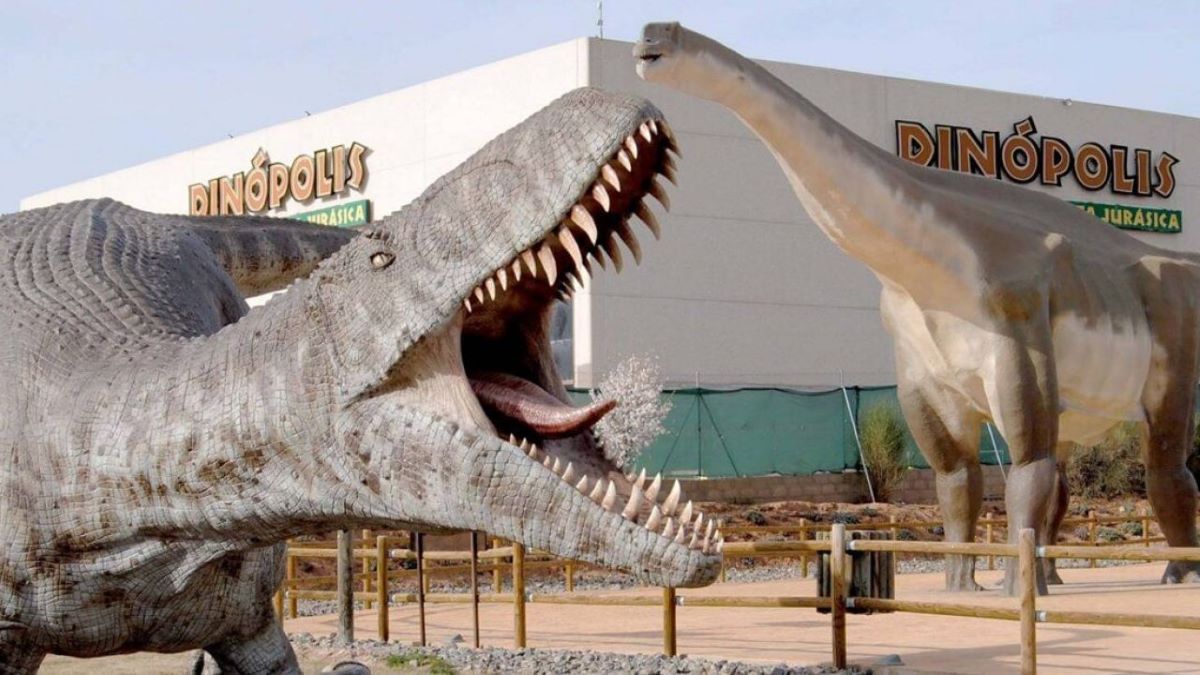
Image | Wikipedia
Of the three provinces that make up Aragon, Teruel is probably the least known. Despite being one of the least populated in Spain, it is a fascinating city not only in terms of its history but also in terms of its rich cultural heritage and delicious cuisine.
In Teruel we find one of the best examples of Mudejar art in the world, which has earned it recognition by UNESCO in 1986 as a World Heritage Site and has the largest number of Mudejar buildings per square meter in the country. This is one of the powerful reasons to visit this place but we cannot forget its paleontological sites and the fact that it is becoming a leading province in terms of astronomical tourism for observing the sky in Spain. Do you want to discover what to see in Teruel during a getaway? Keep reading!
Teruel, capital of Mudejar art
In Teruel we find one of the best examples of Mudejar art in the world, which has earned it to be recognized by UNESCO as a World Heritage Site. Mudejar is a symbiosis of the Romanesque and Gothic typical of the West and of the most characteristic decorative elements of Muslim architecture. This style only occurred in the Iberian Peninsula, which was the place where both cultures coexisted for several centuries. Any visitor who likes medieval art will undoubtedly enjoy the rich historical and artistic heritage of Teruel.
The Cathedral of Santa María was declared a World Heritage Site by UNESCO in 1986 along with the tower and the dome of the temple. Its tower dates from 1257 and belongs to the tower-door model of great importance in Teruel art. It is one of the first Aragonese Mudejar monuments. It is considered the Sistine Chapel of Mudejar art thanks to its polychrome wooden ceiling decorated with medieval motifs that offer a complete vision of the society of the Middle Ages.

Image | Javitour
The oldest Mudejar towers are that of San Pedro and that of the Cathedral. They belong to the mid-thirteenth century. Its decoration is sober compared to those that were built later and has a clear Romanesque influence. Already in the XNUMXth century, the towers of El Salvador and San Martín were erected. Its construction is attributed a tragic legend of love that any person from Teruel knows how to tell. Both are larger than the previous ones, have Gothic features and have an exuberant decorative richness.
The church of San Pedro de Teruel is another of the best examples of Aragonese Mudejar art. It is located near the Plaza del Torico (the nerve center of the city) and dates from the XNUMXth century despite the fact that its tower is older.
Its style is Gothic-Mudejar but over time it underwent several transformations, but the most important took place at the end of the 1555th century and the beginning of the XNUMXth century, when the Teruel Salvador Gisbert painted its walls with a certain modernist historicist air so fashionable Early century. This church is famous because in XNUMX the mummies of the Lovers of Teruel were discovered in the basement of one of the side chapels, which now rest in a beautiful mausoleum adjacent to the church of San Pedro.
Other monuments in Teruel

Image | Arainfo
- The Oval Staircase: This famous staircase was built in 1921 with the purpose of connecting the city center with the train station. Its style is neo-Mudejar and in the middle of it there is a small fountain with a sculptural set dedicated to the Lovers of Teruel.
- The Plaza del Torico: A small arcaded square in the center of the city where the famous fountain with the Torico crowning it stands out. During the weekend closest to July 10, the Heifer del Ángel festivities are celebrated and the Plaza del Torico becomes the meeting point for all the locals and tourists to see how the peña that presides over the festivities that year places the famous handkerchief on the statue of the toric. Along the square you can find a lot of bars and cafes. The tourist office is quite close, in Plaza Amantes number 6.
- Medieval cisterns: They were built in the 1,3th century in order to supply Teruel with water. They are located in the basement of the Plaza del Torico and can be visited for only 1 euros. Minors and pensioners only pay 11 euro. The opening hours of the facilities are from 14 a.m. to 17 p.m. and from 19 p.m. to XNUMX p.m. although it may vary during holidays.
- Aqueduct: Its construction is
- It was due to the need to improve the water supply to the city, since until then it depended on the large cisterns and several wells distributed throughout other parts of Teruel. It is one of the most important engineering works of the Spanish Renaissance.
Dinopolis Teruel

Image
If you've ever wondered what life was like in this peaceful Spanish province millions of years ago, a walk through Dinópolis will clear up all your doubts. Teruel is full of paleontological sites in which new dinosaur fossils are discovered every so often.
In 2001 Dinópolis was born, a unique theme park in Europe dedicated to dinosaurs that since it opened its doors has attracted millions of people thanks to the successful combination of leisure and science.
Teruel has earned a privileged place on the world map of paleontology. To cite a few examples, it was in Galve where the Aragosaurus (the first Spanish dinosaur) was discovered and in Riodeva the Turiasaurus Riodevensis (the largest dinosaur in Europe and one of the largest on the planet).
Astrotourism in Teruel
The Sierra Gúdar-Javalambre in Teruel is betting heavily on astrotourism in recent years. In the town of Arcos de las Salinas it is possible to investigate formations in space such as nebulae, galaxies, stars, etc. at the Javalambre Astrophysical Observatory (OAJ).
This observatory is located in the well-known Pico del Buitre de la Sierra de Javalambre in the south of the province of Teruel and is under the ownership of the Centro de Estudios de Física del Cosmos de Aragón (CEFCA), a foundation that promotes the scientific exploitation of observatory. The essential topics that this organization investigates are Cosmology and the Evolution of Galaxies.
It is currently in the process of being certified as a Starlight Reserve and Destination, after taking a great leap in astrophysics research with the Galactica project.